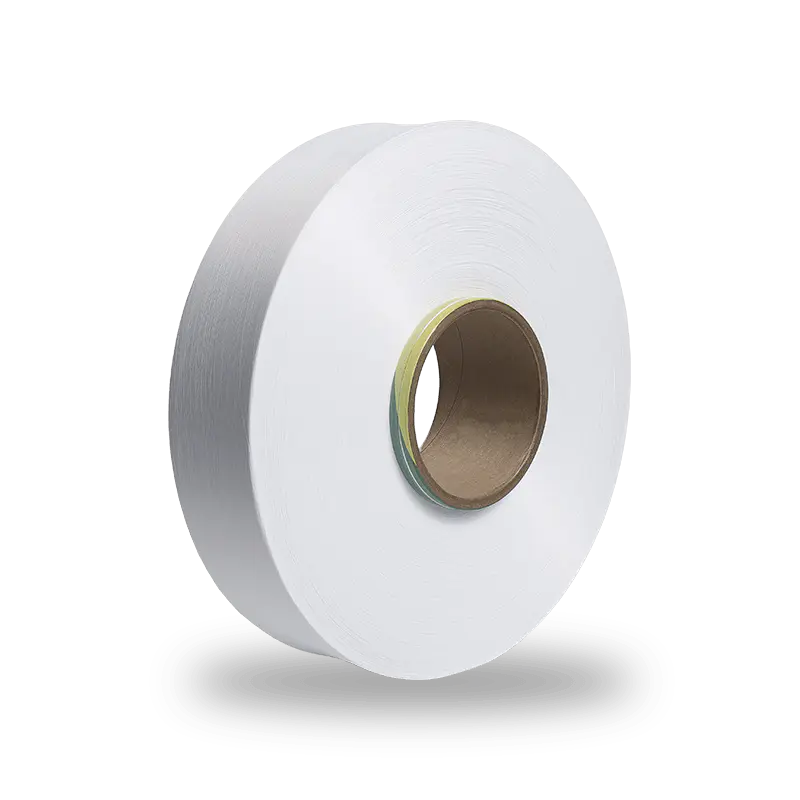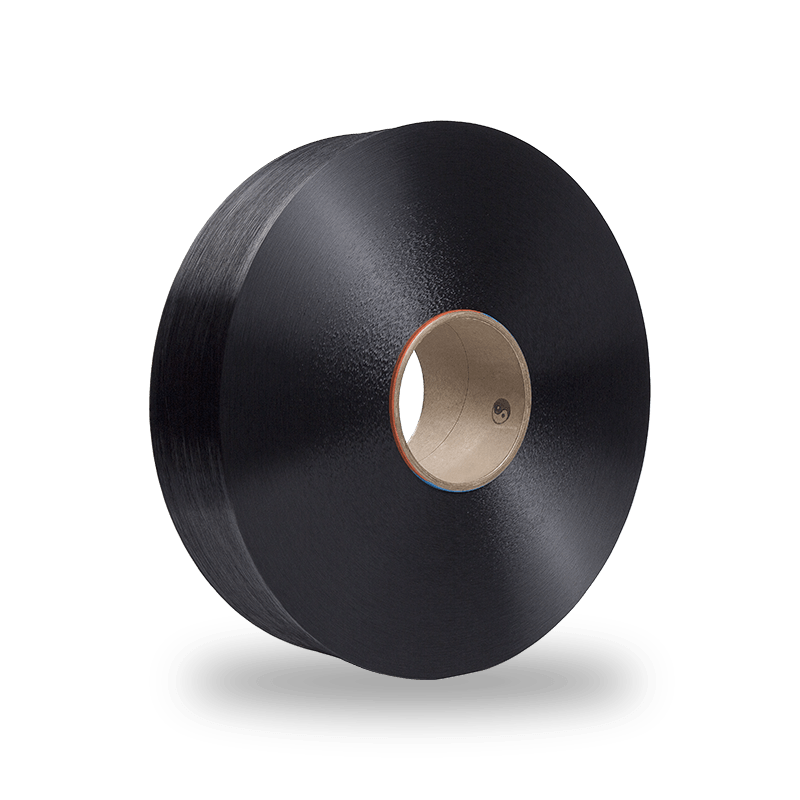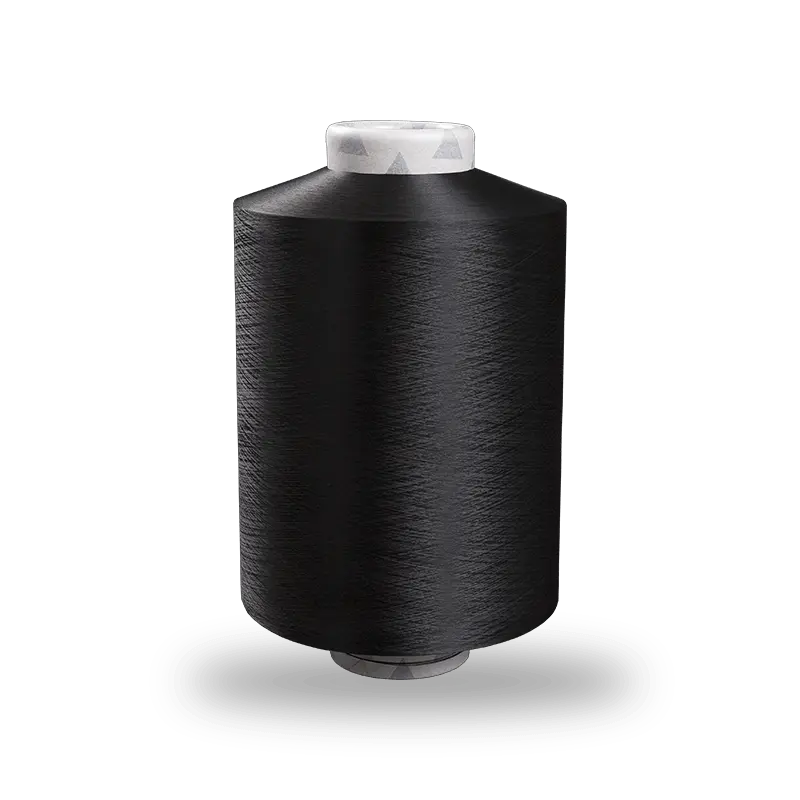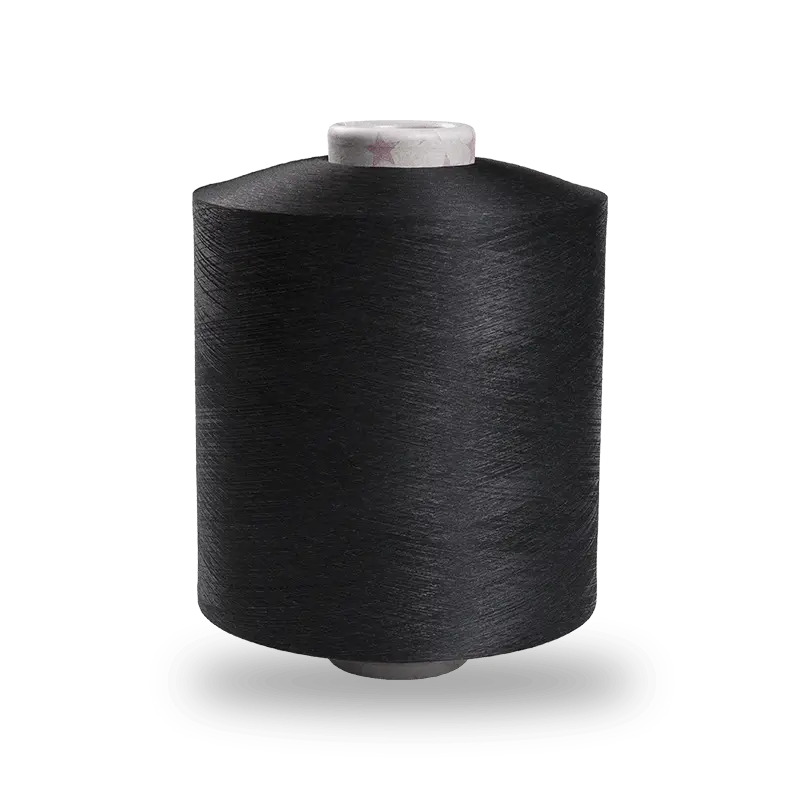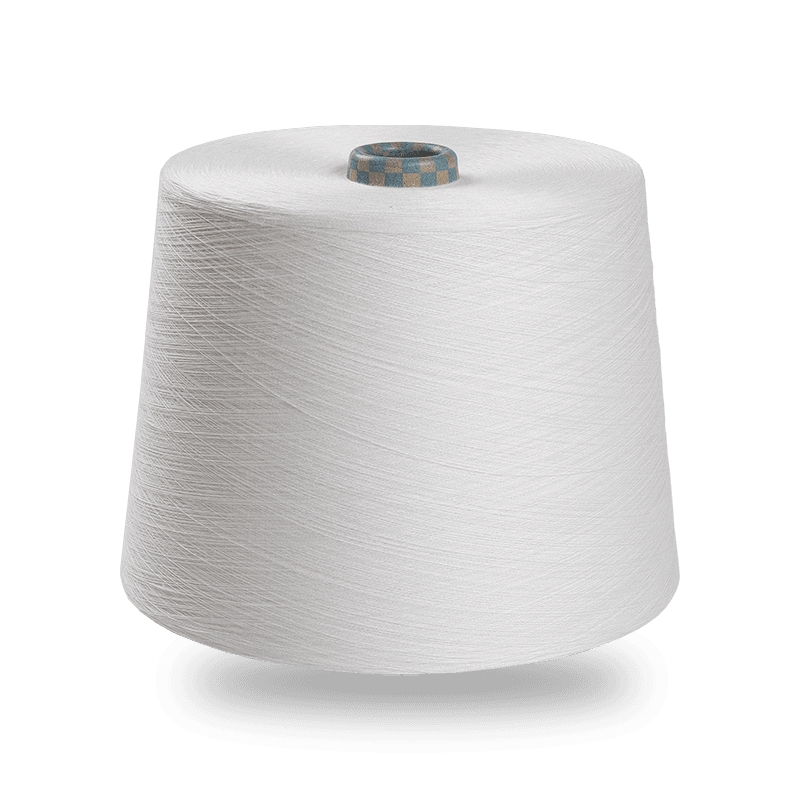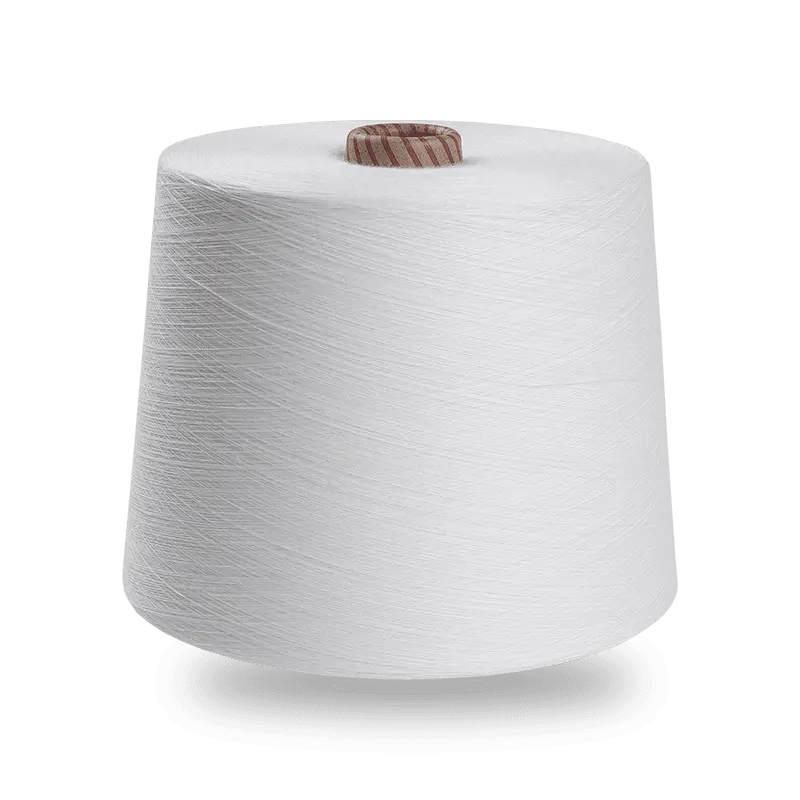Understanding ACY and SCY Yarn
ACY (Air-Covered Yarn) and SCY (Single Covered Yarn) are two commonly used yarn types in textile production. Choosing the right yarn affects the fabric's texture, strength, and appearance. ACY is known for its elasticity and soft hand feel, while SCY offers smoothness and consistent appearance.
Key Differences Between ACY and SCY
Understanding the differences helps determine which yarn suits your project:
| Feature | ACY Yarn | SCY Yarn |
| Texture | Soft, slightly fluffy | Smooth and uniform |
| Elasticity | High elasticity, good recovery | Lower elasticity, stable structure |
| Durability | Moderate | High, resistant to wear |
| Best Use | Knitwear, stretchy fabrics | Woven fabrics, smooth finishes |
Factors to Consider When Choosing Yarn
Selecting the right yarn depends on multiple factors:
- Project Type: ACY is ideal for knitted garments, SCY works better for woven fabrics.
- Desired Texture: Choose ACY for a soft, fluffy feel, SCY for a sleek, smooth surface.
- Durability Needs: SCY offers higher strength for heavy-use fabrics.
- Elasticity Requirement: ACY provides better stretch and recovery for fitted garments.
- Fabric Appearance: SCY gives a more uniform and polished look.
Practical Tips for Using ACY and SCY
Testing Before Production
Always create sample swatches to test drape, stretch, and surface appearance. This helps avoid issues during large-scale production.
Combining Yarns
For optimal performance, some projects combine ACY and SCY in different layers to balance softness and durability.
Maintenance Considerations
ACY fabrics may require gentle washing to maintain elasticity, whereas SCY fabrics are more robust and machine-wash friendly.
Conclusion
Choosing between ACY and SCY yarn depends on the project’s functional and aesthetic requirements. Consider texture, elasticity, durability, and appearance to make an informed decision, ensuring the final product meets both quality and performance expectations.


 English
English 中文简体
中文简体 Español
Español عربى
عربى
